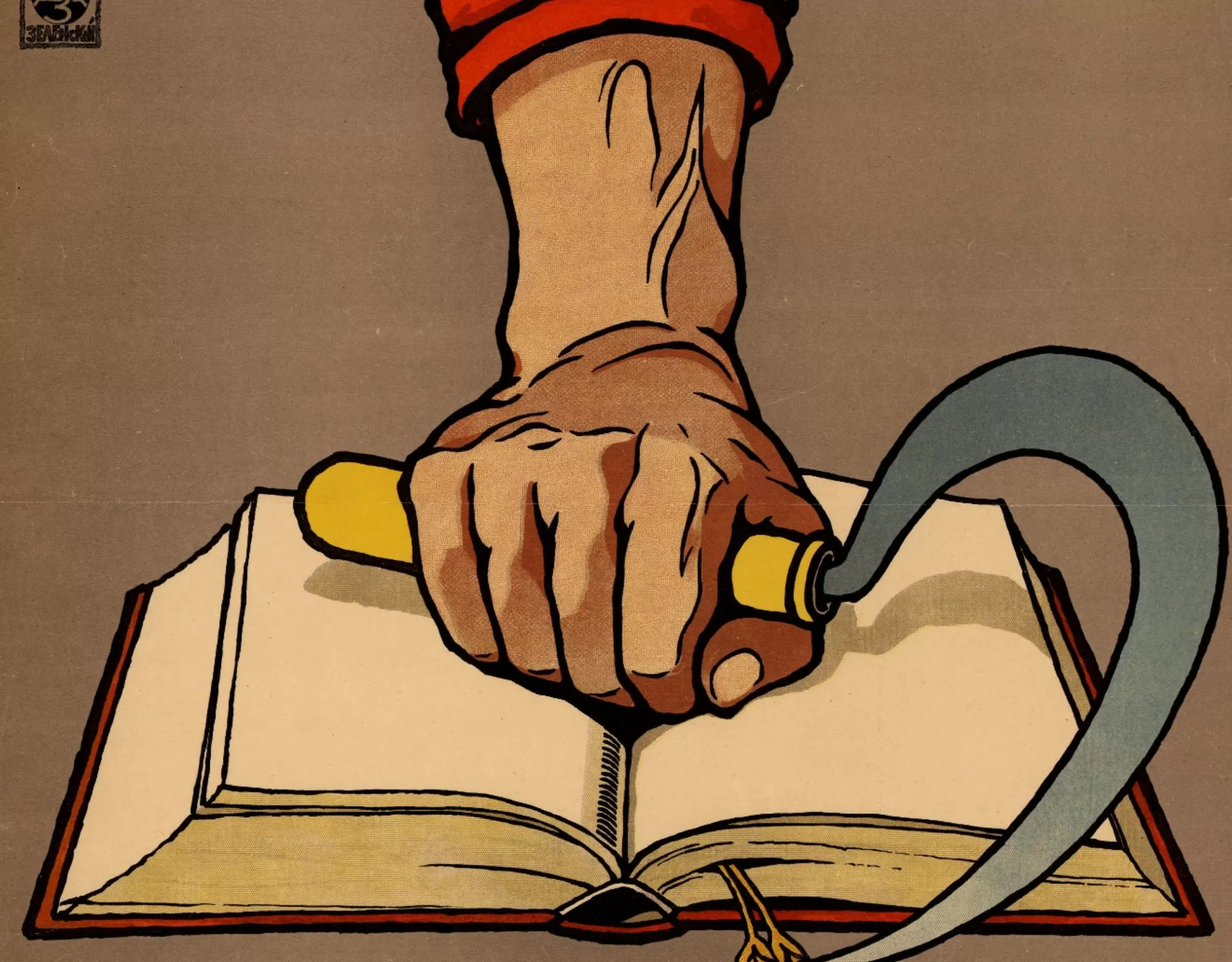The Academy and the Authoritarian: Stories from the 20th Century
In recent years, American universities have faced increasing pressure from the Trump administration to conform to their agenda. This has raised concerns about the independence and integrity of these institutions, which have long been seen as beacons of academic freedom and free speech. However, this is not the first time that universities have had to navigate the delicate balance between academic autonomy and political influence. In fact, throughout the 20th century, universities have faced similar challenges, and their responses offer valuable lessons for the present.
One of the most notable examples of the academy’s struggle against authoritarianism was during the Cold War era. In the 1950s and 1960s, the fear of communism and Soviet influence led to a widespread crackdown on academic freedom. Professors and students were subjected to loyalty oaths and investigations, and many were fired or blacklisted for their political beliefs. This had a chilling effect on intellectual discourse and stifled critical thinking on campuses across the country.
Despite this pressure, many universities stood firm in their commitment to academic freedom. For example, in 1954, the University of California at Berkeley refused to comply with a request from the House Un-American Activities Committee to turn over the names of faculty members suspected of communist sympathies. This bold act of defiance not only protected the rights of their faculty but also sent a powerful message about the importance of academic independence.
The civil rights movement of the 1960s also posed a significant challenge to universities’ autonomy. As students and faculty became increasingly involved in the struggle for racial equality, they faced backlash from both the government and their own institutions. Many universities responded by cracking down on student activism and limiting free speech on campus.
However, some universities took a different approach. In 1964, students at the University of California, Berkeley, organized the Free Speech Movement to protest the university’s ban on political activities on campus. Despite facing arrests and suspensions, the students’ peaceful protests eventually led to a reversal of the ban and a reaffirmation of the university’s commitment to free speech. This movement not only paved the way for future student activism but also highlighted the crucial role of universities in promoting democratic values.
In the 1980s and 1990s, the rise of conservative politics brought new challenges to academic freedom. The Reagan administration sought to limit federal funding to universities that promoted “anti-American” or “unpatriotic” views. This led to a climate of self-censorship and a reluctance to engage in controversial topics for fear of losing funding. However, some universities resisted these pressures and continued to promote critical thinking and open discourse.
One such example is the University of Michigan, which in 1990, defended the right of a controversial speaker to give a lecture on campus, despite protests and threats from conservative groups. This act of courage not only protected the speaker’s right to free speech but also reaffirmed the university’s commitment to academic freedom.
Fast forward to the present, and we see a similar pattern emerging. The Trump administration’s attempts to silence dissent and control the narrative have put American universities in a difficult position. However, as history has shown, universities have a long tradition of standing up against authoritarian forces and protecting academic freedom.
Today, we are witnessing a resurgence of student activism on campuses across the country. From protests against police brutality to calls for divestment from fossil fuels, students are once again using their voices to challenge the status quo and demand change. And universities, for the most part, are supporting these efforts, recognizing the crucial role they play in fostering critical thinking and social responsibility.
Of course, universities are not perfect, and they have faced criticism for their handling of certain issues. However, what is clear is that their commitment to academic freedom and free speech remains strong. As we navigate these challenging times, it is essential to look to the past to learn from the struggles and triumphs of those who came before us.
In conclusion, American universities have a long history of standing up against authoritarianism and promoting academic freedom. From the Cold War era to the present, they have faced numerous challenges, but their resilience and commitment to democratic values have prevailed. As we face the current threats to academic freedom, we must remember the lessons of the past and continue to defend the independence and integrity of our universities. After all, they are not just institutions of higher learning; they are beacons of hope and progress in

